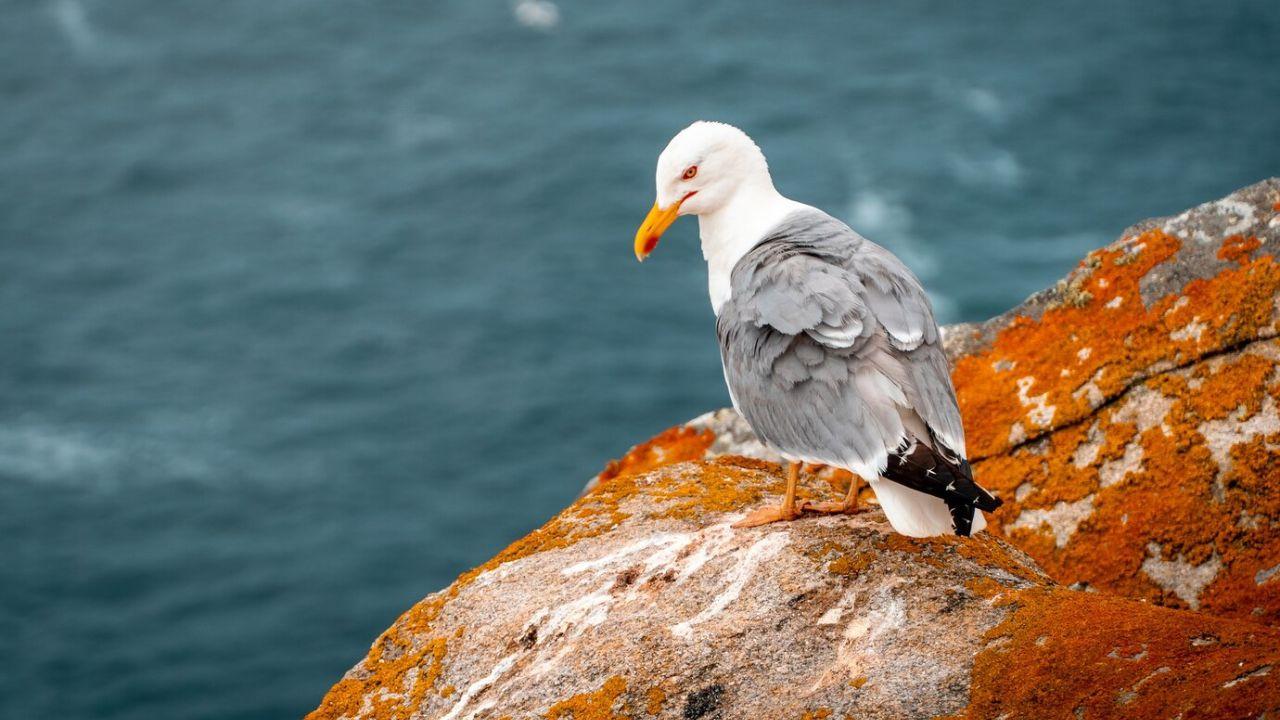Are you going on a photography trip to Iceland? If so, you may know that Iceland is heaven for a bird photographer. You will get the chance to capture majestic seabird colonies, elusive inland species, etc.
This island provides you with so many opportunities to take stunning photos of nature’s wonders and their habitat.
However, if you are considering going on a wildlife photography trip in Iceland but have no idea about anything.
Don’t worry; here, we’ll tell you everything you need to know to make your trip more adventurous and unforgettable.
Timing Is Key:
Planning your trip during the optimal season is crucial for capturing a diverse range of bird species. Spring and summer, particularly from April to August, are ideal times to visit Iceland for bird photography. During this period, migratory birds flock to the island to breed, including iconic species such as puffins, Arctic terns, and guillemots.
Prime Locations for Bird Photography:
Iceland boasts numerous birdwatching hotspots that offer unparalleled opportunities for photography. The coastal cliffs of the Westman Islands, particularly Heimaey, are home to one of the largest puffin colonies in the world. The remote Hornstrandir Nature Reserve in the Westfjords also provides pristine habitat for seabirds such as fulmars and kittiwakes. Other notable locations include Lake Mývatn, the Latrabjarg Cliffs, and the Jökulsárlón Glacier Lagoon.
Essential Gear:
When packing for your Iceland wildlife photography tour, be sure to bring essential gear to capture stunning images. A telephoto lens with a focal length of at least 300mm is recommended to capture birds from a distance without disturbing them. Additionally, a sturdy tripod will help stabilize your camera during long hours of shooting. Don’t forget to pack extra batteries, memory cards, and protective gear to shield your equipment from Iceland’s unpredictable weather conditions.
Patience and Perseverance:
Successful bird photography tours require patience and perseverance. Birds can be elusive and unpredictable, so be prepared to spend hours waiting for the perfect shot. Position yourself quietly and observe the birds’ behaviour to anticipate their movements. Avoid sudden movements or loud noises that may startle the birds and disrupt their natural activities.
Respect Wildlife and Environment:
When photographing birds in Iceland, it’s essential to prioritize their welfare and respect their natural habitat. Keep a safe distance from nesting sites and breeding colonies to avoid causing unnecessary stress to the birds. Be mindful of your surroundings and tread lightly to minimize your impact on the environment. Remember that preserving Iceland’s pristine wilderness is essential for future generations of birds and photographers to enjoy.
Weather Considerations:
Iceland’s weather is notoriously unpredictable, with sudden temperature, wind, and precipitation changes. Be prepared for all conditions by dressing in layers and packing waterproof clothing to protect yourself and your gear from the elements. Monitor weather forecasts and plan your photography outings accordingly, adjusting your schedule as needed to capitalize on favourable conditions.
Cultural Immersion Opportunities:
In addition to its rich avian diversity, Iceland offers ample opportunities for cultural immersion and exploration. Take time to explore charming coastal villages, immerse yourself in Icelandic folklore and traditions, and indulge in local cuisine featuring fresh seafood and traditional delicacies. Engaging with local communities and learning about Iceland’s unique culture will enrich your bird photography experience and create lasting memories.
Guided Tours vs. Independent Exploration:
When planning your Iceland bird photography trip, consider joining a guided tour or exploring independently. Guided tours led by experienced birding guides offer insider knowledge, access to prime birdwatching locations, and opportunities to learn from experts in the field. Alternatively, independent exploration allows for greater flexibility and autonomy, enabling you to chart your course and discover hidden gems at your own pace.
Conservation and Sustainability:
As responsible bird photographers, it’s essential to prioritize conservation and sustainability efforts to protect Iceland’s fragile ecosystems. Support local conservation initiatives and adhere to ethical photography practices that minimize disturbance to wildlife and preserve the natural environment for future generations. By practicing responsible tourism, you can contribute to preserving Iceland’s biodiversity and ensuring the longevity of its avian inhabitants.
Conclusion
An Iceland bird photography trip promises an unparalleled opportunity to immerse yourself in the captivating world of birds and capture breathtaking images of these majestic creatures in their natural habitat. With careful planning, essential gear, and a spirit of adventure, you can embark on a journey of discovery and create memories that will last a lifetime in Iceland’s untamed wilderness.
